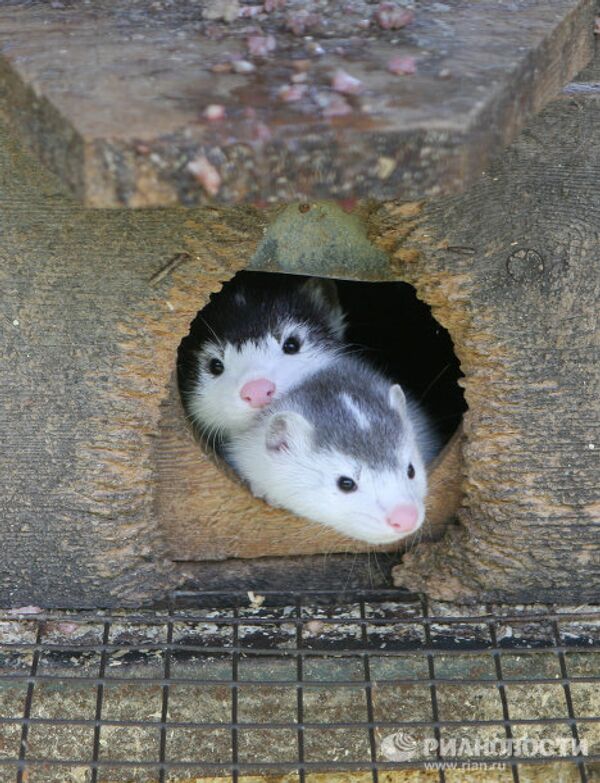Scientists at the Siberian Branch of the Russian Academy of Sciences (Novosibirsk) have domesticated foxes. Ancient humans first spent thousands of years on this great biological experiment of animal domestication. Modern scientists have accomplished the same in 50 years.

Scientists at the Siberian Branch of the Russian Academy of Sciences (Novosibirsk) have domesticated foxes. Ancient humans first spent thousands of years on this great biological experiment of animal domestication. Modern scientists have accomplished the same in 50 years.

During this period, foxes forgot their natural aggression, learned to wag their tails as a sign of greeting and allowed themselves to be stroked and held. These behavioral changes were accompanied by changes in the animals’ outward appearance. The foxes became “cuter,” the reasons for which remain a mystery.

Ancient humans began the great biological experiment of animal domestication about 15,000 years ago. The wolf is considered to be the first domesticated animal. But the secret of domestication was lost over the centuries.

Scientists select animals who exhibit reduced levels of aggression and fear, and are attracted to people. These traits are reinforced by breeding them with more domesticated individuals. It takes a minimum of ten generations, or ten years, for domestic behavior to start to dominate.

These foxes are completely nonagressive, and can be taken into a family as a pet like an ordinary dog. But once it has lost a number of instincts, a domesticated fox cannot survive in the wild.

Other wild animals may be domesticated as well through the method of reinforcing domestic behavior.
Photo: A domesticated mink.
Photo: A domesticated mink.

The fur farm consists of about 750 foxes and the same number of minks.

If domesticated foxes resemble dogs in behavior, then minks are practically no different from cats.

